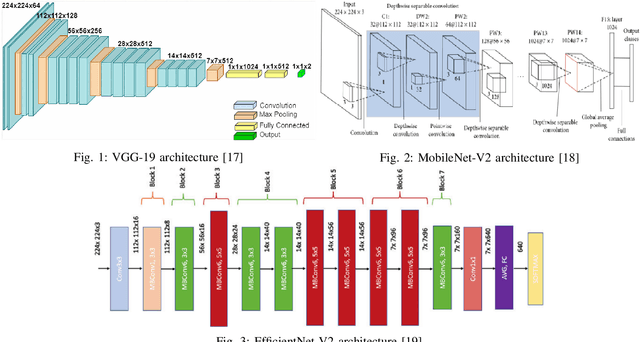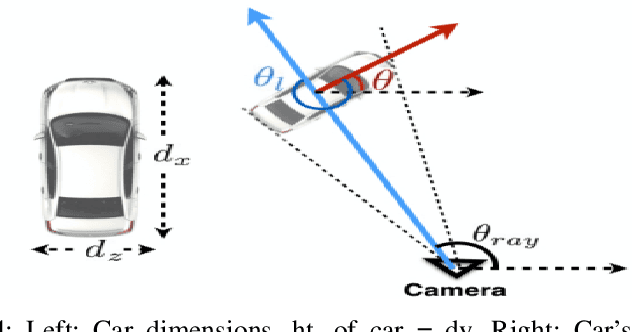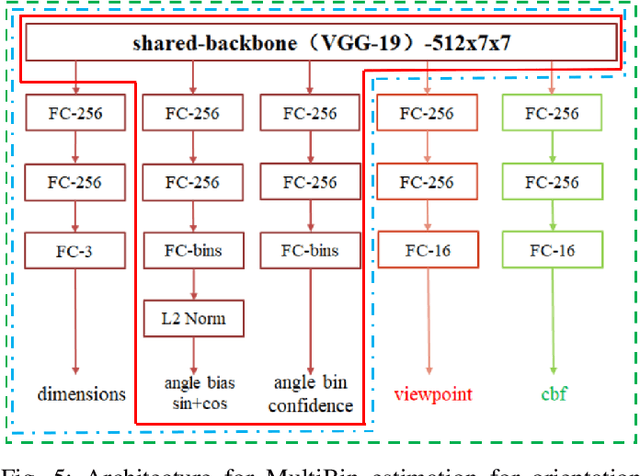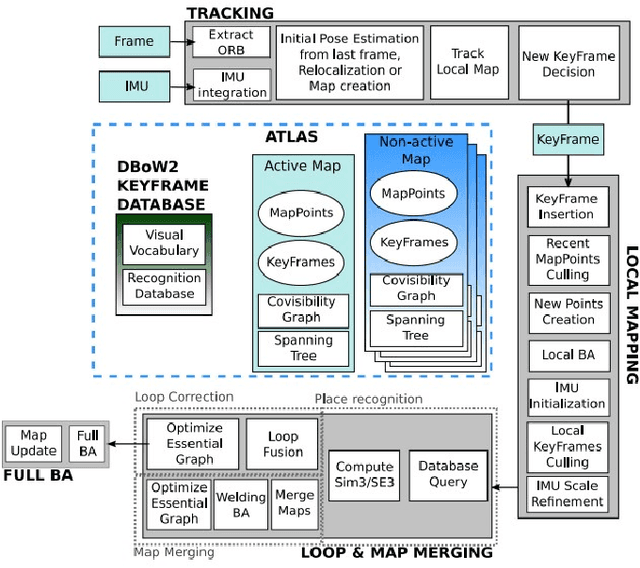Dhyey Manish Rajani
OriCon3D: Effective 3D Object Detection using Orientation and Confidence
Apr 27, 2023



Abstract:We introduce a technique for detecting 3D objects and estimating their position from a single image. Our method is built on top of a similar state-of-the-art technique [1], but with improved accuracy. The approach followed in this research first estimates common 3D properties of an object using a Deep Convolutional Neural Network (DCNN), contrary to other frameworks that only leverage centre-point predictions. We then combine these estimates with geometric constraints provided by a 2D bounding box to produce a complete 3D bounding box. The first output of our network estimates the 3D object orientation using a discrete-continuous loss [1]. The second output predicts the 3D object dimensions with minimal variance. Here we also present our extensions by augmenting light-weight feature extractors and a customized multibin architecture. By combining these estimates with the geometric constraints of the 2D bounding box, we can accurately (or comparatively) determine the 3D object pose better than our baseline [1] on the KITTI 3D detection benchmark [2].
Twilight SLAM: A Comparative Study of Low-Light Visual SLAM Pipelines
Apr 27, 2023



Abstract:This paper presents a comparative study of low-light visual SLAM pipelines, specifically focusing on determining an efficient combination of the state-of-the-art low-light image enhancement algorithms with standard and contemporary Simultaneous Localization and Mapping (SLAM) frameworks by evaluating their performance in challenging low-light conditions. In this study, we investigate the performance of several different low-light SLAM pipelines for dark and/or poorly-lit datasets as opposed to just partially dim-lit datasets like other works in the literature. Our study takes an experimental approach to qualitatively and quantitatively compare the chosen combinations of modules to enhance the feature-based visual SLAM.
 Add to Chrome
Add to Chrome Add to Firefox
Add to Firefox Add to Edge
Add to Edge